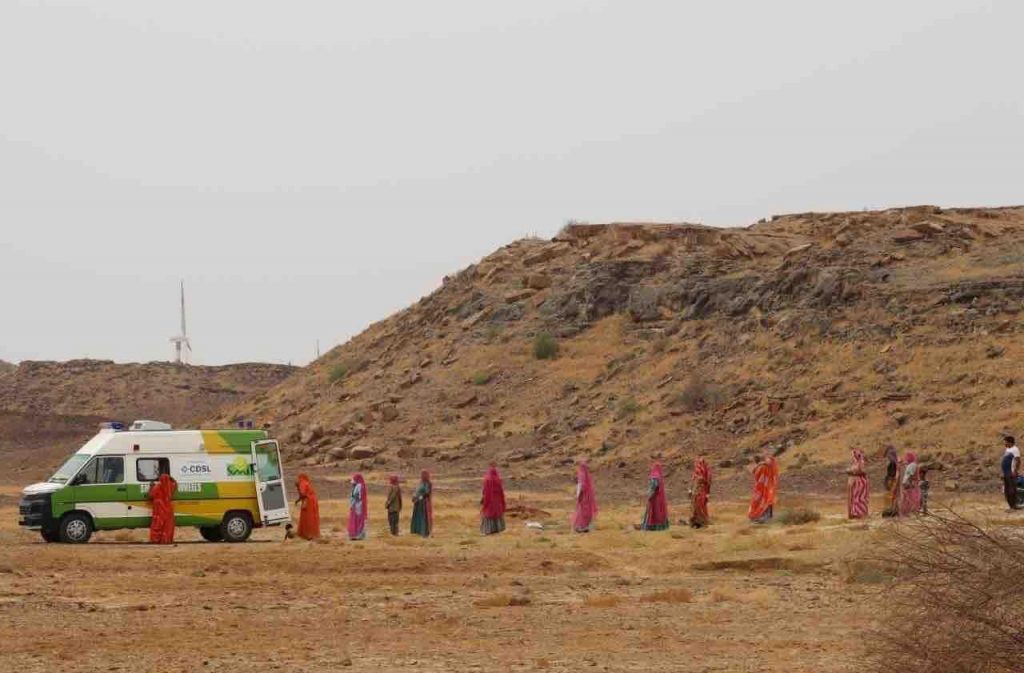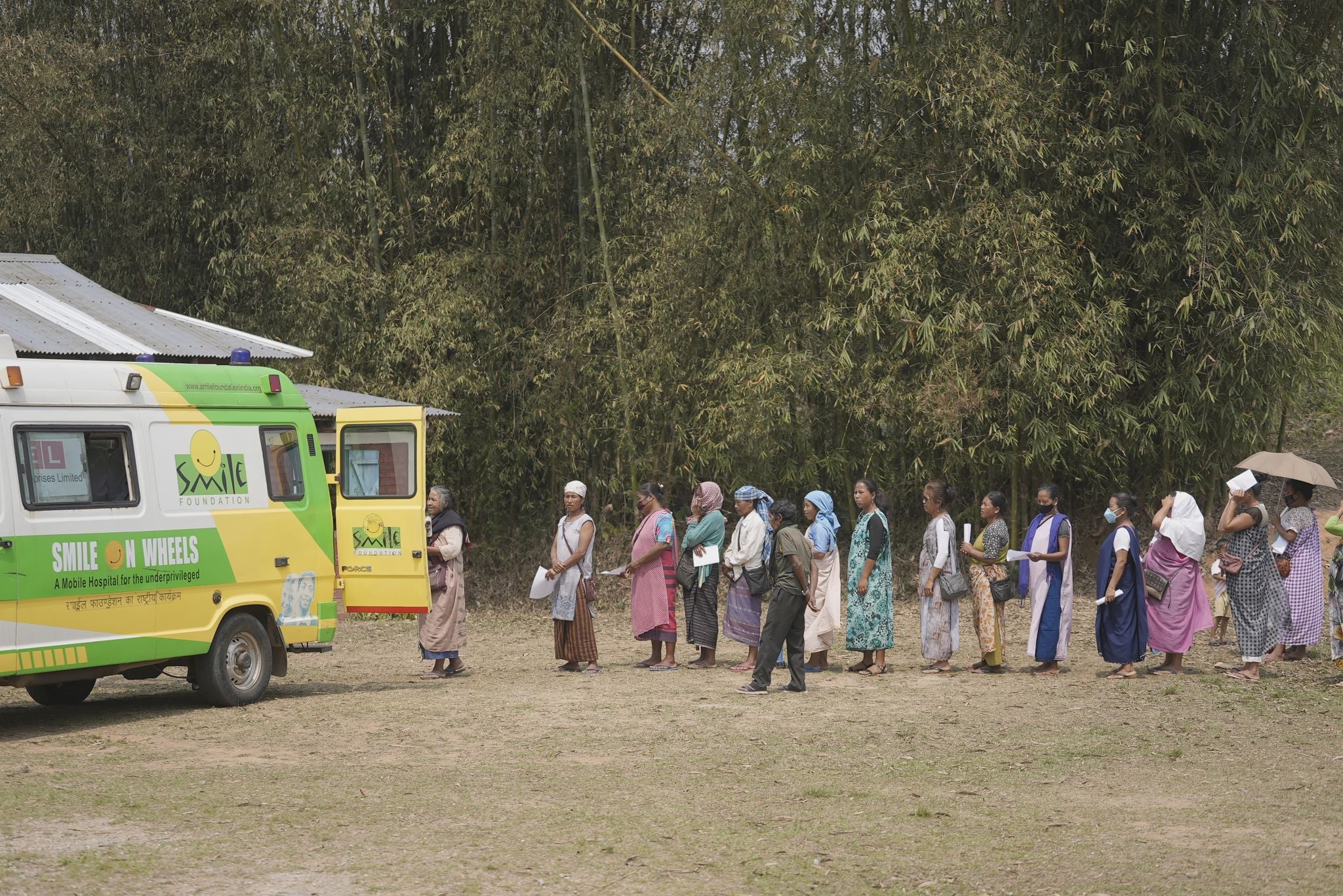Rural India faces numerous challenges when it comes to healthcare access and quality. The availability of adequate health care in rural India is a crucial aspect that requires immediate attention.
The rural healthcare landscape in India is plagued by several challenges, including a lack of infrastructure, a shortage of healthcare professionals, and limited accessibility. In India, while significant strides have been made in improving healthcare infrastructure and services, rural areas continue to face numerous challenges in obtaining quality healthcare.
Rural areas in India grapple with several healthcare challenges, including inadequate infrastructure, a shortage of medical professionals, and limited availability of essential medicines and treatments. According to a study, rural areas account for 70% of the country’s population but have only 37% of its healthcare infrastructure. This severely hampers the accessibility of healthcare services for rural communities, forcing them to travel long distances to seek medical attention.
The COVID-19 pandemic further exacerbated the healthcare challenges faced by rural India. The pandemic revealed the vulnerabilities of the existing health care in rural India, with limited resources and inadequate preparedness to handle a widespread health crisis.
The rural population, already disadvantaged in terms of healthcare access, faced additional hurdles in seeking medical care and testing during the pandemic. The strain on healthcare facilities, the shortage of medical professionals, and the need for specialized equipment and infrastructure further widened the gap in healthcare services between rural and urban areas.
Research data highlights the impact of the pandemic on rural healthcare in India. According to a study conducted by the Public Health Foundation of India, rural areas experienced a significant reduction in healthcare utilization during the pandemic, leading to delayed or neglected treatments for various health conditions.
The study also found that rural areas had a higher COVID-19 case fatality rate compared to urban areas, reflecting the disparities in healthcare access and quality. Additionally, the research emphasized the importance of strengthening rural healthcare infrastructure and implementing technology-driven solutions to enhance healthcare accessibility in the face of future pandemics or health emergencies.
The quality of healthcare services in rural India is not at par due to a variety of factors. Limited resources, inadequate medical equipment, and outdated technology contribute to the low quality of care. Furthermore, the shortage of trained healthcare professionals exacerbates the situation, leading to long waiting times and reduced patient satisfaction.
Healthtech Startups: Revolutionizing Rural Healthcare
One potential solution to address the healthcare challenges in rural India lies in the emergence of health tech startups that leverage social entrepreneurship. These startups utilize innovative technologies to overcome geographical barriers and provide accessible healthcare solutions to rural communities. By leveraging telemedicine, mobile apps, and artificial intelligence, these startups connect rural patients with qualified healthcare professionals, ensuring timely access to medical advice and consultations.
For instance, Gram Vaani, a social technology company, has developed a mobile-based platform that allows rural communities to access healthcare information and resources. This initiative has significantly improved healthcare awareness and empowered rural residents to make informed decisions about their well-being.
To achieve sustainable improvement in rural healthcare, it is crucial to adopt an ecosystem approach. This approach involves the collaboration of various stakeholders, including government agencies, NGOs, healthcare providers, and technology innovators. By working together, these entities can develop comprehensive solutions that address the unique challenges faced by rural communities.
The Role of Government
The government plays a pivotal role in ensuring quality accessible healthcare in rural India. Policies are increasingly focused on increasing the allocation of healthcare funds to rural areas, incentivizing healthcare professionals to serve in rural communities, and upgrading infrastructure and medical facilities. Additionally, the government should promote public-private partnerships to leverage the expertise of private healthcare organizations.
Technology as a Catalyst for Change
One of the most promising solutions to enhance healthcare accessibility in rural India is the integration of technology. Technology has the potential to revolutionize rural healthcare by enabling telemedicine, electronic health records, and remote diagnostics. Through telemedicine, individuals in remote areas can consult healthcare professionals using digital platforms, eliminating the need for extensive travel.
Additionally, electronic health records can streamline healthcare delivery by ensuring accurate and accessible patient information, regardless of geographical location. Such innovations have the potential to bridge the healthcare divide and empower rural communities.
Innovative Solutions for Health care in Rural India
To drive wellness in India’s hinterlands, innovative healthcare solutions are required. Start-ups and organizations have been leveraging technology to develop novel healthcare innovations tailored to rural India’s specific needs.
For instance, mobile applications and SMS-based platforms have been created to disseminate health information and raise awareness about preventive measures. These initiatives, as reported by Forbes India, have made a positive impact on the health-seeking behavior of rural populations.
One such example is the Project ECHO initiative in India, which connects specialist doctors with primary healthcare providers in rural areas through teleconferencing. This program has significantly improved access to specialty care and enhanced the knowledge and skills of primary healthcare providers, ultimately benefitting rural patients.
Furthermore, initiatives like ‘Health ATMs’ and ‘Health on Wheels’ bring healthcare services to the doorsteps of rural communities, providing basic diagnostics and consultations.
Moving Forward
The dire need for quality accessible healthcare in rural India cannot be understated. The challenges faced by rural communities necessitate concerted efforts from various stakeholders, including health tech startups, government agencies, and NGOs.
By leveraging innovative technologies, fostering collaborations, and implementing supportive policies, we can strive towards a healthier rural India. It is imperative to prioritize the provision of quality healthcare facilities and bridge the gap between rural and urban healthcare access to ensure the well-being of millions of people in rural India.









